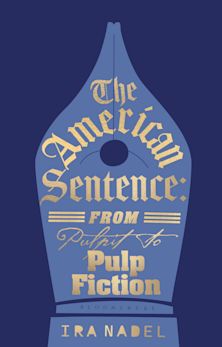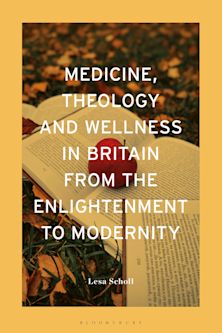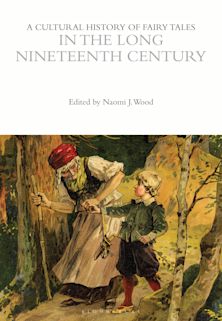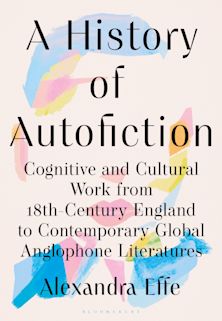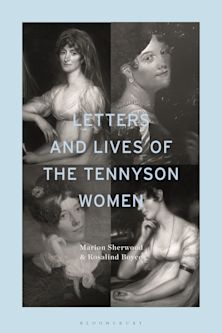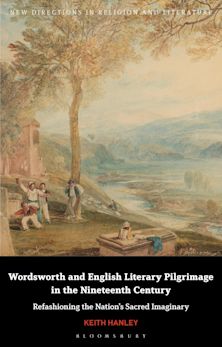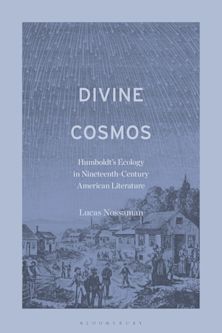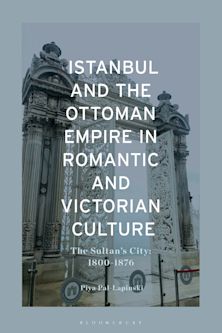- Home
- ACADEMIC
- Literary Studies
- Eighteenth- and Nineteenth-Century Literature
- Wuthering Heights
You must sign in to add this item to your wishlist. Please sign in or create an account
Description
Readers and critics have been intrigued - and disturbed - by the characters of Wuthering Heights since its publication in 1847. Heathcliff and Catherine, the tormented and enigmatic lovers at the centre of the novel, have justifiably been the focus of critical attention. Yet the novel is peopled with a large cast of idiosyncratic characters, each of whom plays a significant role in the plot. This novel, with its references to physiognomy and monomania, its interest in dreams as revelations of the unconscious mind, and its recognition of the importance of origins in character-formation, reflects important developments in the conception of character and psychology in the nineteenth century.
Table of Contents
Introduction: An Overview of Wuthering Heights
1. The Narrators
2. The First Generation
3. The Second Generation
4. Heathcliff and Catherine
5. The Third Generation
Conclusion: Through the Characters to the Key Themes and Issues
Guide to Further Reading
Bibliography
Index
Product details
| Published | 21 Feb 2008 |
|---|---|
| Format | Ebook (Epub & Mobi) |
| Edition | 1st |
| Extent | 144 |
| ISBN | 9781441144959 |
| Imprint | Continuum |
| Series | Character Studies |
| Publisher | Bloomsbury Publishing |
About the contributors
Reviews
-
"Melissa Fegan's study of the characters in the novel is both detailed and well-sourced" - The Use of English
-
Briefly reviewed in the Year's work in English Studies journal, vol 89, No. 1 'Fegan is to be commended for her lack of pretentiousness, and clearly written, helpful prose'

ONLINE RESOURCES
Bloomsbury Collections
This book is available on Bloomsbury Collections where your library has access.














